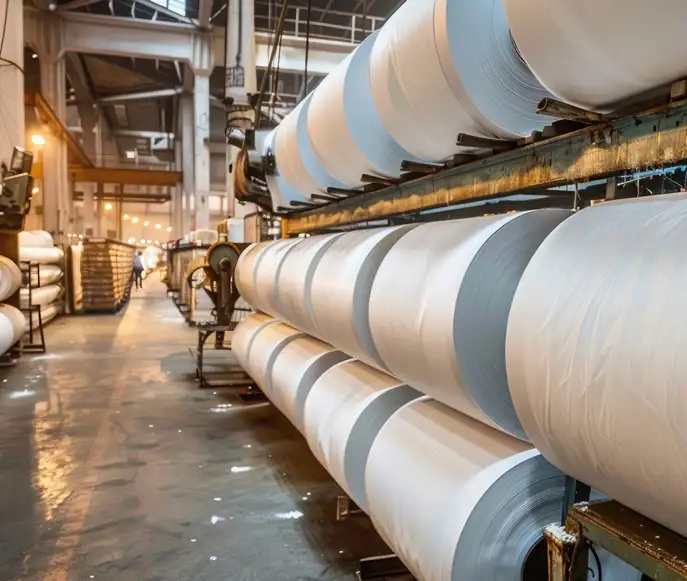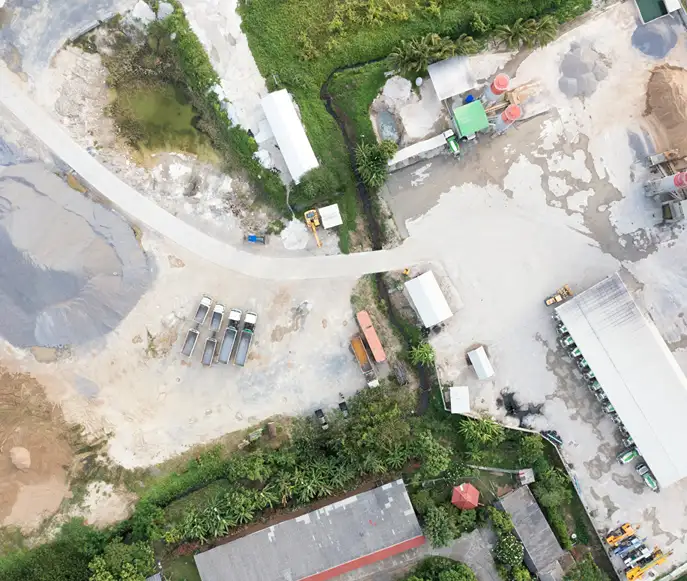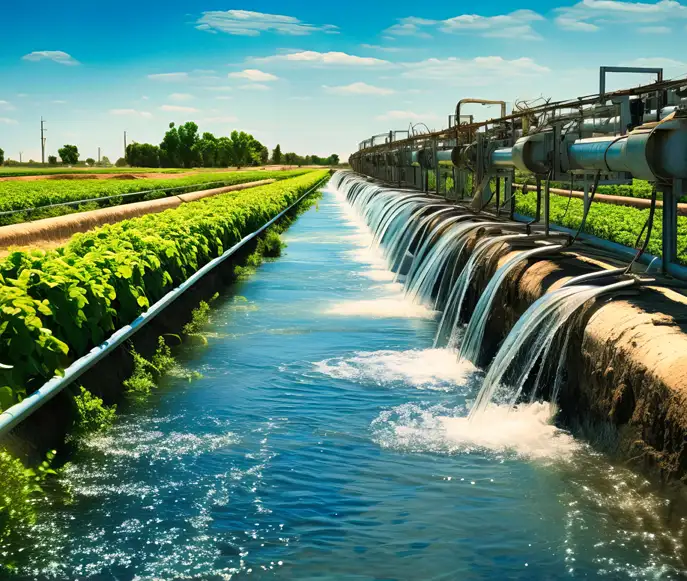Powering the World with Precision Pumps
Paper & Pulp
Apr 27,2025

Paper & Pulp Pump Applications
Wood chips and paper pulp are difficult materials to pump due to their viscous and abrasive nature.
Paper and Pulp Pump Applications
• Transporting Wood Chips for Pulp Making
• Pulp Digester Tanks
• Pulp Bleaching Process
• Pulp Slurry Transfer
Paper & Pulp Pumping Problems
Wood chips and paper pulp are difficult materials to pump due to their viscous and abrasive nature. Centrifugal pumps quickly get worn down and lose their tolerances and suction capabilities. This results in significant downtime and costly spare parts.
During the debarking and chipping process, trees are brought in, debarked and broken down into wood chips. The largest supply of wood chips for the papermaking process comes from the recycled cuttings from sawmills. From there, wood chips are fed by conveyor to a large digester tank where they are cooked in an acidic solution to dissolve the lingin and help separate the plant fibers. This process creates what is called wood-free pulp because the lingin has been dissolved. Finally, additives and dyes are added to the pulp solution, depending on the type of paper being manufactured. All of these steps include abrasive and corrosive slurries that need to be pumped from one location to another.
Transporting Wood Chips and Tree Bark is the first step of the papermaking process. Trees are stripped of their bark, and fed to woodchippers to break them down into small pieces that can be more easily turned to pulp.
Additionally, the abrasive nature of woodchips and bark will quickly destroy the impeller of centrifugal pumps and causes pump failures, costly repairs, and spare parts. Our pump has a high tolerance ultra-recessed rotor that withstands the destructive nature of abrasive pulp slurry.
Pulp Digester Tanks are used to break down the woodchips by removing lingin and separating fibers. This process incorporates abrasive slurries in addition to strong acids that are highly corrosive. These materials are difficult to pump and will quickly wear down pumps with critical tolerances.
The Pulp Bleaching Process involves moving the freshly separated pulp to large tanks for the injection of bleach, fillers, dyes and other materials required for the type of paper being produced. This process also removes any residual traces of lingin from the pulp. From here, the pulp is dried for use in the next step of the papermaking process.
Some industries, such as sugar production, produce large quantities of by-products, in this case, bagasse. Bagasse is the term for the leftover, crushed sugar cane material that is left behind after the sugar juice extraction process. This bagasse is used in some countries as pulp for papermaking.
Pulp Slurry Transfer is a constant process in the papermaking industry. At several stages of papermaking, pulp slurry is needed to be transported from one location to another. This slurry is often extremely viscous, heavy and abrasive which requires a pump built to withstand clogs, high solids content and corrosive materials.
EDDY Pump’s open rotor design promotes the passage of large solids such as woodchips, rocks, pulp and other fibrous material that easily clog centrifugal pumps.
Paper & Pulp Pumping Scenario
Applications: Debarking and Wood Chipping, Pulp Lingin Separation, Pulp Washing, Pulp Bleaching Process, Pulp Slurry Transfer
The purpose of this page is to identify your application and learn more about an equipment solution to meet your needs. These are the most common paper and pulp pump applications that we work with. We are the OEM for the tools shown.
Hot Tags:
PREVIOUS:
NEXT:












